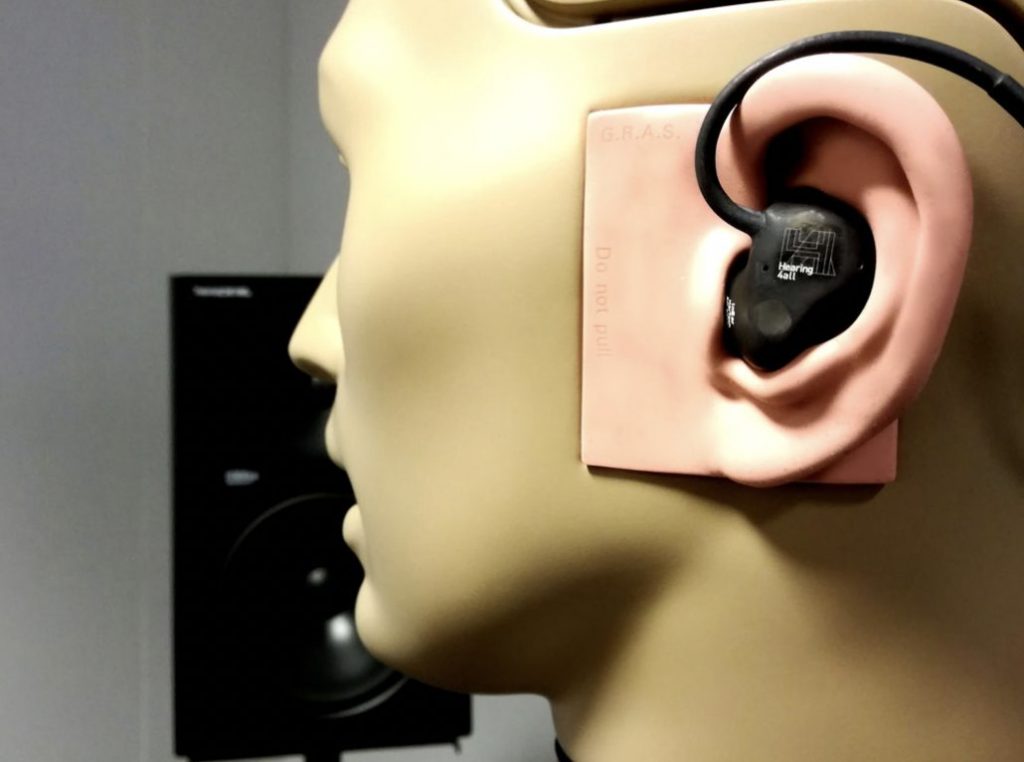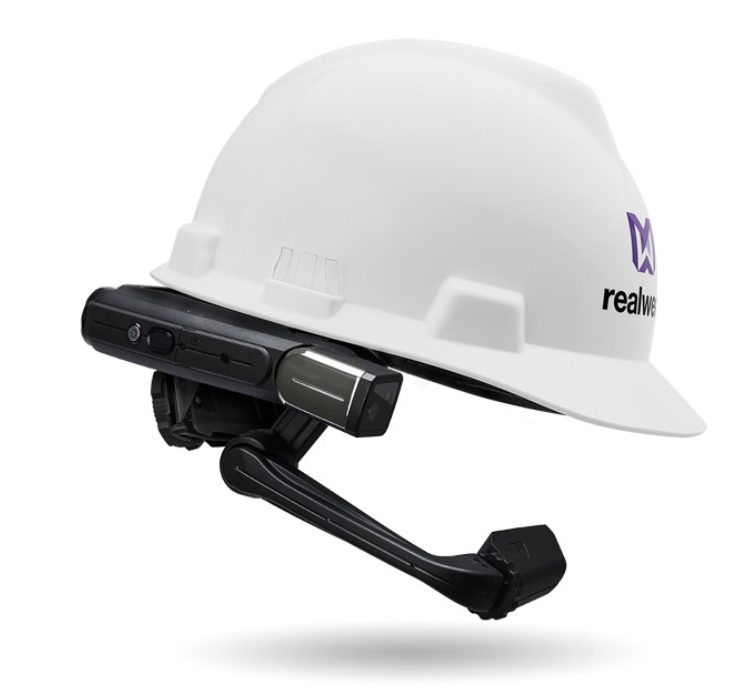The different types of smart wearables in the industry
Smart wearables are intelligent miniature systems that are embedded in everyday objects or can be worn on the body. They are part of the Internet of Things and simplify not only private everyday life, but also that of industry.
The purpose is usually to support activities in the real world, for example by providing information, evaluations, instructions and communication. Smart wearables are no longer a foreign concept in industry.
Companies that are intensively involved in digitization like to use these little helpers. Overall, the integration of industrial smartwatches is the most widespread so far.
But other smart wearables, such as headphones, data glasses and gloves, are also becoming increasingly popular.
To find out how they differ, read on below.
Industry Smartwatches

As mentioned above, industrial smartwatches are most in demand on the shop floor right now. Admittedly, these also bring with them some advantages.
By connecting the software with the central systems, a wide-area networking is given. This significantly simplifies communication among employees. The equipment of the industrial smartwatches depends on the respective manufacturers.
Common features are camera, microphone, scanner, touchscreen and vibration functions. Industrial smartwatches in general are also characterized by high robustness and are water- and dustproof.
Thanks to the aforementioned connection, instructions, information transfers, error messages and much more are possible within seconds. Annoying distances that have to be covered on the shop floor are eliminated.
Particularly noteworthy are possible evaluations that can be made in conjunction with the associated software. In this way, silos are prevented and triggers for micro malfunctions are uncovered.
The industrial smartwatch is also often found in multi-machine operation. It helps employees to keep track of all machines and to quickly detect malfunctions.
Smart Gloves

Smart gloves are often found in combination with mobile devices or smartwatches. Depending on the model, they can also be used autonomously.
The integration of sensor technology and the combination of barcode scanning and wireless connectivity makes work on the shop floor more ergonomic and efficient.
The biggest advantage here is fast scanning, as workers can save themselves the trouble of reaching for the scanner. Above all, these scanning processes can be optimally integrated into the natural hand movements of the workers.
The use of Smart Gloves in production facilitates picking instructions and thus ensures that tasks are completed quickly. This helps to optimize processes in production.
Smart Hearables

Smart headphones, also known as smart hearables, offer modern hearing protection in industry. They not only provide optimal protection from the background noise of the production environment, but also offer employees clear communication with each other.
Smart hearables feature intelligent noise reduction of the external environment and precise speech recognition. The Fraunhofer Institute for Digital Media Technology (IDMT) is currently working on such a technology.
The small Hearable is designed to combine various technologies to keep workers’ hands free. Reliable technology and optimal voice control enable non-contact documentation.
In conjunction with developments in automatic speech recognition and acoustic event detection, innovative possibilities for human-technology interaction are emerging.
Acoustic monitoring of processes, e.g. for the documented and reliable engagement of plug connections, can also be integrated.
Smart Glasses

Data glasses, or smart glasses, enable the use of augmented reality.
They allow the perception of the real environment and also contribute additional applications and information for the user.
Smart Glasses can bring different gadgets with them. Here, too, there is no limit to the technology. A current example of this are the smart glasses from realwear.
Like all smart wearables, they are robust and can withstand the conditions of production. They are also equipped with a voice-based operating system, integrated speaker and outdoor display.
When using data glasses, an image is generated in the viewer’s field of vision. In this way, topics of remote maintenance in particular can be covered. The supporting use of data glasses in the Commisioner work is equally popular.
Software behind the smart wearables
Each of these smart wearables mentioned above is unique and different in use. Nevertheless, the combination of the different smart wearables is also possible without any problems.
With a variety of use cases on the shop floor, it can be difficult to manage the different types of device classes. For this, suitable software solutions are essential. Without a suitable system behind the smart wearables, they are practically useless.
The software helps to maintain an overview and to address technical feasibility. Aucobo offers the perfect solution here. With our optimized software solution, we create the perfect basis for the integration of all smart wearables.
With the implementation of industrial smartwatches and our software, we have already been able to help many companies increase their productivity. This has not only increased factors such as employee productivity, but also reduced downtime, thus increasing the productivity of the entire production.
You can find out exactly how we did this in our “Use Cases” series, where we have summarized use cases from current customers.
Take your production to the next level! Contact us for a free initial consultation.
Integrate smart wearables into your production now!
Contact us now and receive comprehensive advice.
[hubspot portal=”7001161″ id=”c6455fcf-e396-470a-b110-05dc444a0c98″ type=”form”]
